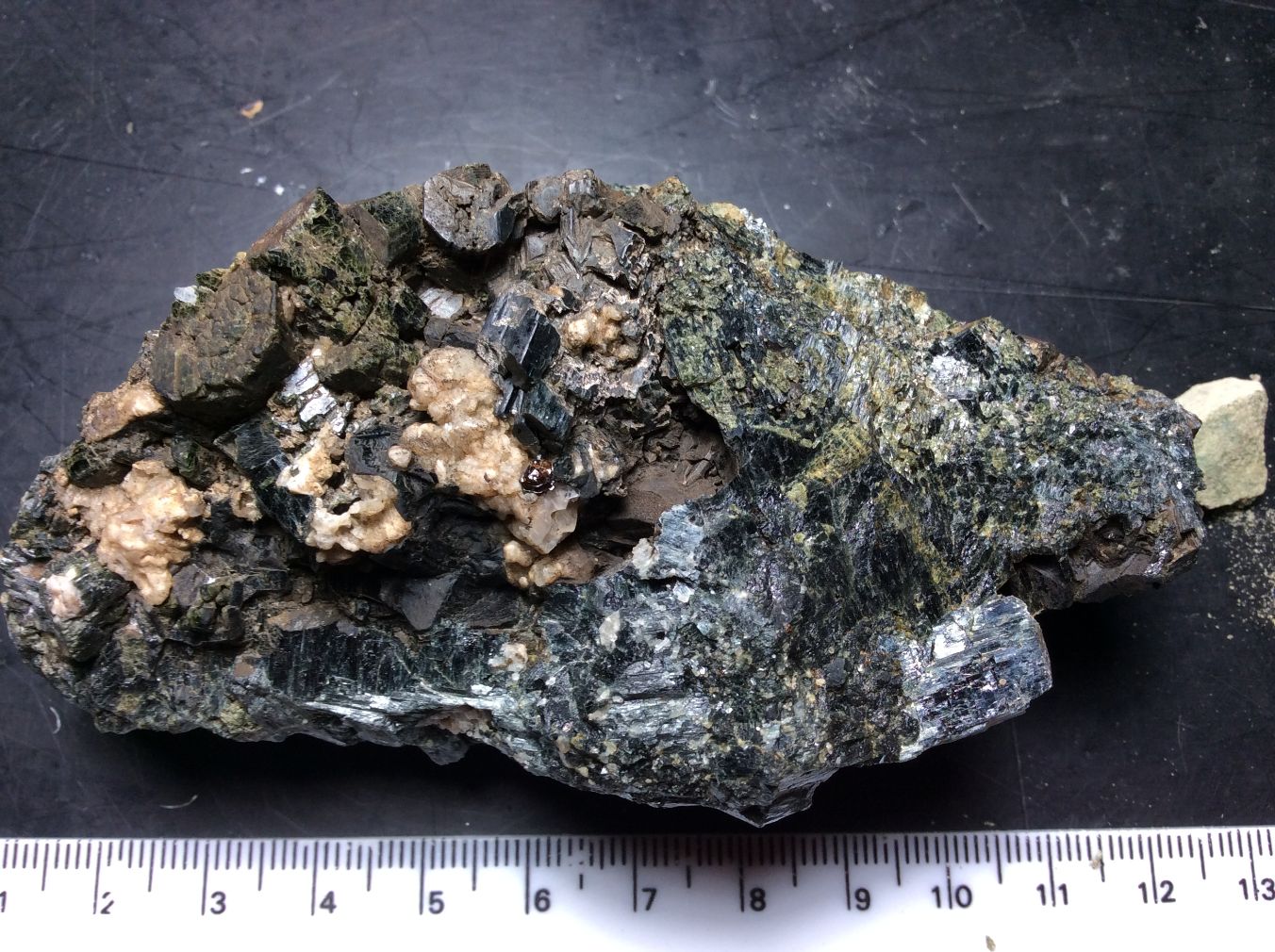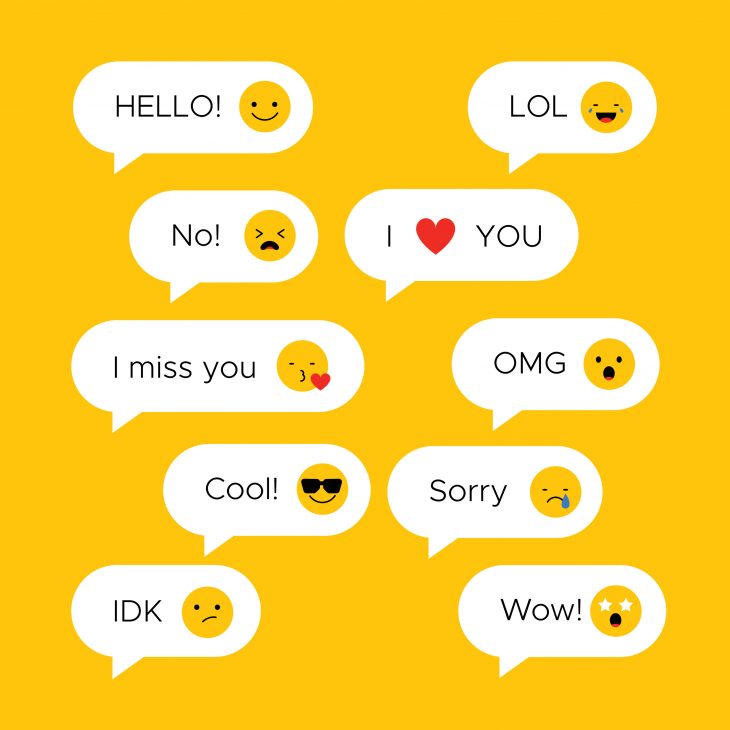
Nowadays, a casual online conversation can often feel dull and incomplete without using an emoji or two at the end of a sentence. Emojis are small pictures you can embed in your texts and messages. They can represent particular expressions, activities, animals, and various other objects. These small, pictogram-based images often portray emotions and concepts that lines of text can’t capture completely. Consequently. they quickly became a part of popular culture — especially with the rise of text messaging and social media. So learn more about these popular symbols with these interesting emoji facts.
- The original emojis measured 12 by 12 pixels.
- The original emojis only took up 18 bytes of data.
- As of September 2020, there are 3,521 emoji characters in the Unicode Standard list.
- The first known large-scale study of emojis was published in January of 2017.
- About 50% of Twitter posts include an emoji.
- Emojis are ideograms or symbols that represent certain ideas.
- The plural form of emoji could either be emojis or simply emoji.
- Emojis are typically used in line with plain text.
- They are sometimes attached as messaging stickers.
- Emojis took inspiration from weather pictograms and manga, among other sources.
- Emoticons predate emojis and share similarities with them, but emoticons are typographical instead of picture-based symbols like emojis.
- Emojis often make up for the lack of emotion and intonation in plain text.
- Every emoji character has a unique and official Unicode name which sets it apart from other emojis.
- The appearance of emojis can vary depending on the devices and operating systems that display them.
- They exist in various categories such as facial expressions, animals, symbols, actual objects, and weather.
- Emojis originated in Japan.
- You can search using emojis on Wikipedia’s search bar.
- Japan is the only country whose geographical silhouette is in an official emoji.
- As of July 2017, Facebook users send up to 5 billion emojis in a single year on Facebook.
- Half of the comments on the Instagram app contained emojis by mid-2015.
The word “emoji” is Japanese for “picture character”.
Despite its resemblance to the English words “emotion” and “emoticon” (which resemble early forms of emojis), the word “emoji” did not originate from either of those words. It actually is based on the Japanese words e and moji, which translate to “picture” and “character”, respectively. Its resemblance to the aforementioned English words is just an odd coincidence. Truly one of the most interesting emoji facts to remember!
There is an emoji translation of Moby Dick.
It’s not far-fetched to say that emojis are close to being a language of their own, and one of the most unusual yet interesting emoji facts is that the entirety of Moby Dick has been translated into a book entirely made up of emojis. Fred Benenson headed the project to translate every line of this classic Herman Melville work into emojis, and he dubbed it “Emoji Dick; or, 🐳”.
Benenson had the help of hundreds of other people through Amazon’s Mechanical Turk to translate this emoji-based story about the giant white whale. He funded this project through Kickstarter, and he released this emoji-translated Moby Dick in 2013.
There are other books that consist of emojis.

A picture paints a thousand words, and thousands of tiny pictures can make up entire books! Aside from Emoji Dick, there are other literary works that only contain emojis. One such book is Book From the Ground by Chinese artist Xu Bing. It follows the story of a regular white-collar office worker, entirely presented in emojis and emoticons. The author spent seven years researching, writing, experimenting, and revising the materials. Before he published Book From the Ground, a book that he claims “anyone can read”, he also published Book From the Sky, a book that contains only illegible characters that no one can read.
There are now reference websites for emojis.
Similar to Wikipedia being a reference site for many things, emojis also have their own reference websites that you can check for more information about various emojis. These reference websites showcase the origins, design changes, meanings, codes, usage, and other important aspects of every official emoji. Emoji reference sites such as Emojiguide and Emojipedia provide important resources about all official emoji characters.
Oxford Dictionaries dubbed the “Face with Tears of Joy” emoji 2015’s Word of the Year.
Among the emoji facts that are hard to forget is that even the Oxford Dictionaries gave the title Word of the Year to an emoji in 2015. The Face with Tears of Joy emoji 😂 (otherwise known as the Laughing emoji, Laughing With Tears emoji, and Laughing Tears emoji) was the 2015 “Word” of the Year. Oxford Dictionaries explained that they chose this emoji as the Word of the Year because it encompassed the ethos and mood of the year 2015, and that the wide usage of emojis encompassed a significant change in popular culture.
The Face With Tears of Joy emoji 😂 is still one of the most widely-used emojis.
Not only is the Face With Tears of Joy emoji 😂 2015’s Word of the Year according to Oxford Dictionaries, it’s also one of the most popular emojis worldwide. From 2014 to 2019, it ranked among the most popular emojis according to Emojipedia, and it ranks first on the most-used emojis on Twitter as of 2020. Following the Face With Tears of Joy emoji in the list of the most popular emojis are the Red Heart emoji ❤️ and the Pleading Face emoji 🥺.
World Emoji Day is on July 17.
Perhaps one of the more popular emoji facts is that there is a World Emoji Day. In 2014, Emojipedia founder Jeremy Burge created the unofficial holiday World Emoji Day, which occurs on July 17 annually. He chose July 17 because of the representation of the calendar emoji 📅, which features the said date.
Originally, the date on the emoji refers to the premier of iCal for Mac which occurred back in 2002. Different platforms previously showed different dates on the calendar emoji, but most major platforms changed it to July 17 to reflect World Emoji Day.
Emojis made their debut in the late 90s.
The earliest versions of emoji, according to Emojipedia, date back to 1997. They were part of the typeface of J-Phone’s (now SoftBank Mobile) SkyWalker DP-211SW mobile phone. The phone had 90 emojis and was the first phone to support emojis in its typeface, one of which is the now-popular Pile of Poo emoji 💩. However, the emojis did not become popular because of the phone’s high price point.
Emojis gained popularity in 1999, when Shigetaka Kurita created 176 emojis that were present on NTT DoCoMo’s web platform i-mode. This web platform allowed for emojis to become readily available in text conversations. Because i-mode reached around 40 million subscribers by 2004, numerous people had access to emojis. Its availability led to the rise in the influence of emoji, and many now regard Shigetaka Kurita as the “father of emoji”. However, he denies that his designs were the first-ever cellular emojis.
Emojis gained considerable popularity throughout the world because of Google and Apple.
Other mobile companies in Japan started adopting DoCoMo’s strategy and introduced other sets of emojis, which further popularized the use of emojis in Japan. Companies outside Japan started to take note of this, and Google requested Unicode to recognize and standardize emojis internationally. Apple then began to collaborate with Google, with Apple engineers proposing 625 new emojis to be included in the Unicode Standard. Unicode finally adopted emojis and released a set of 722 official emoji characters in 2010.
In 2011, Apple added its first official emoji keyboard to iOS without users having to utilize a third-party app to access emojis, and Android followed two years later. This made it easy for users to access emojis, and the features became readily part of a normal text conversation.
The first popular emojis are on display in the Museum of Modern Art in New York City.
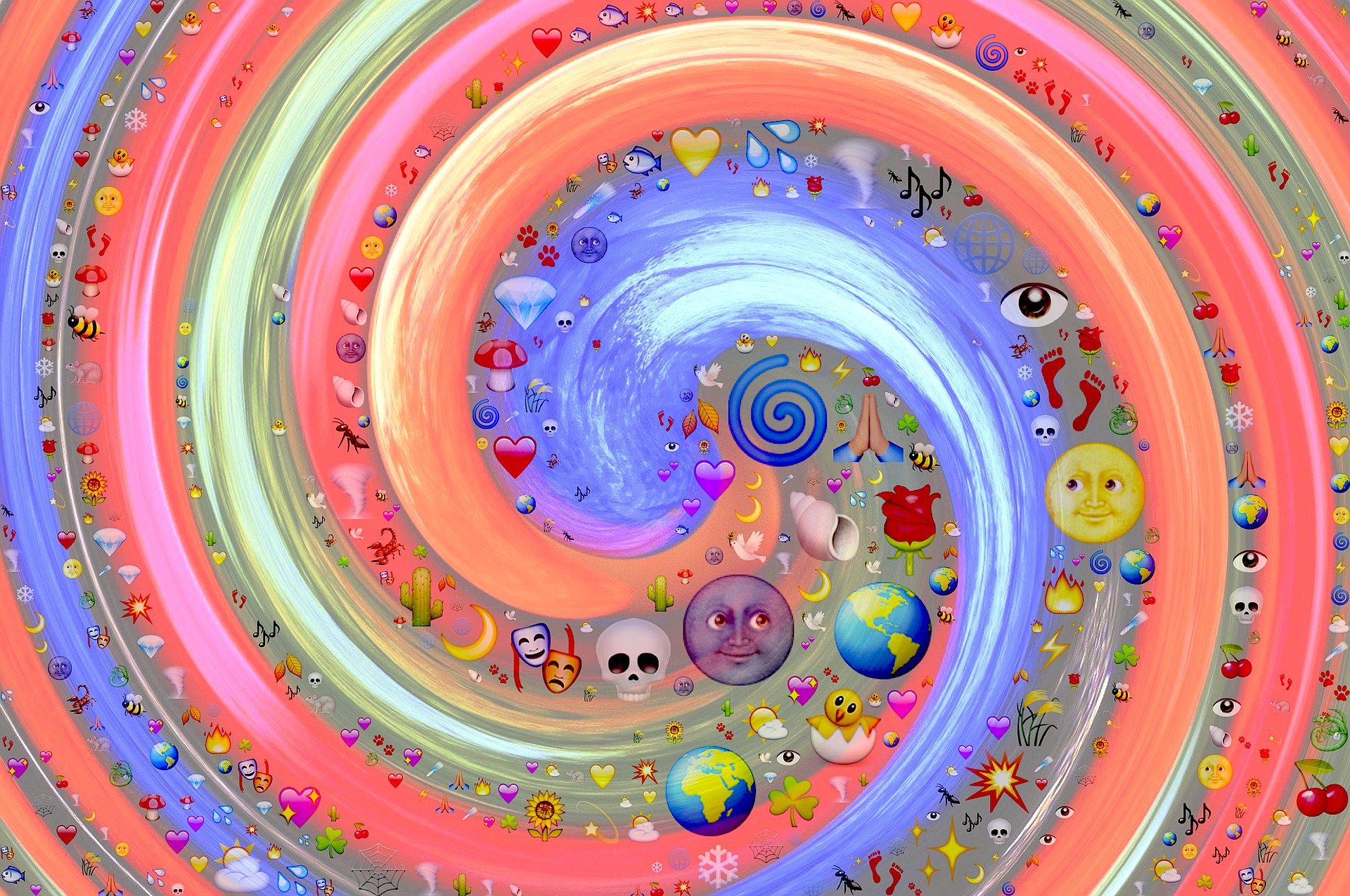
Shigetaka Kurita’s original emoji designs are now part of the Museum of Modern Art (MoMA) in New York City. The museum started putting them on display in December 2016, and the display sits at the museum’s lobby. That’s certainly one of the emoji facts to remember when you’re planning a holiday in New York!
Unicode sets international standards regarding emojis across all platforms.
The Universal Coded Character Set (Unicode) acts as the international standard for text representation. It follows ISO standards and works to show text accurately across all platforms, and this now includes emojis. The non-profit organization Unicode Consortium handles Unicode. They have an emoji committee responsible for designing and releasing new emojis. Perhaps one of the most essential emoji facts is that anyone can send a request for an emoji for consideration.
Only about 7% of the people who use the peach emoji refer to the actual fruit.
The peach emoji 🍑 had its debut in 2010 when Unicode first adopted emojis. This emoji is one of the more controversial emojis because of their perceived meanings. Only about 7% of people who use this are referring to the actual peach fruit. The vast majority, however, use it for non-fruit meanings, such as buttocks due to the fruit’s resemblance to human bottoms.
The Eggplant emoji was the American Dialect Society’s “Most Notable Emoji” in 2015.
Depicting an elongated and bulbous purple fruit, the Eggplant emoji 🍆 is another controversial emoji. Receiving 138 votes, the American Dialect Society dubbed the Eggplant emoji 🍆 the “Most Notable Emoji” of 2015.
In North America, emoji users almost exclusively associate this emoji with sexual connotations due to its resemblance to a penis. Because the eggplant emoji usually means something of sexual nature, Instagram banned the use and search of the hashtag #🍆 back in 2015.
The pistol emoji changed from a revolver to a water gun in 2016.
Another one of the more controversial emoji facts is that the pistol emoji 🔫 used to depict a real gun instead of a water gun. The emoji first appeared in 2010 and had the appearance of a classic revolver. Apple changed the pistol emoji from a classic revolver to a water gun in 2016. They redesigned it due to rising issues regarding gun violence. Other companies followed suit two years after this, and toy guns are now the standard form of the pistol emoji. Additionally, Apple and Microsoft also fought against the introduction of a proposed rifle emoji in 2016.
Human emojis come in different skin colors.
Early representations of humans in emojis mostly featured persons with light skin tones. A large part of the population called for a more diverse and inclusive set of emojis. Upon the release of Unicode 8.0 in 2015, the emojis included a feature that addresses this need: human emojis now came in five variable skin tones along with the “default” emoji skin tone of bright yellow. The skin tones of these emojis took inspiration from the Fitzpatrick Scale.
Apple started offering gender-neutral emojis in 2019.
Aside from the diversity of emojis through different skin tones, Apple also released gender-neutral emojis in 2019. These emojis display ambiguous individuals with no specified gender. One of these emojis is the Person Facepalming emoji 🤦 or simply the Facepalm emoji 🤦, which may either appear as a boy or a girl on different platforms. Apple made three variable options when it comes to depicting the person: a boy, a girl, and a gender-neutral person.
North Korea suggested some Unicode symbols that would later become emojis.
One of the more obscure emoji facts is that some of them at least indirectly originated from North Korea. North Korea proposed some characters to Unicode to use as map symbols. These Unicode symbols first appeared in Unicode 4.0 in 2003. They would eventually become emojis in later versions of Unicode. Some of these North Korean symbols are the Hot Beverage emoji ☕ (which they used as markers for tea houses), the Lightning Bolt emoji ⚡ (a symbol for high voltage), and the Umbrella With Rain Drops emoji ☔.
Some emojis help communicate modern causes and politics.
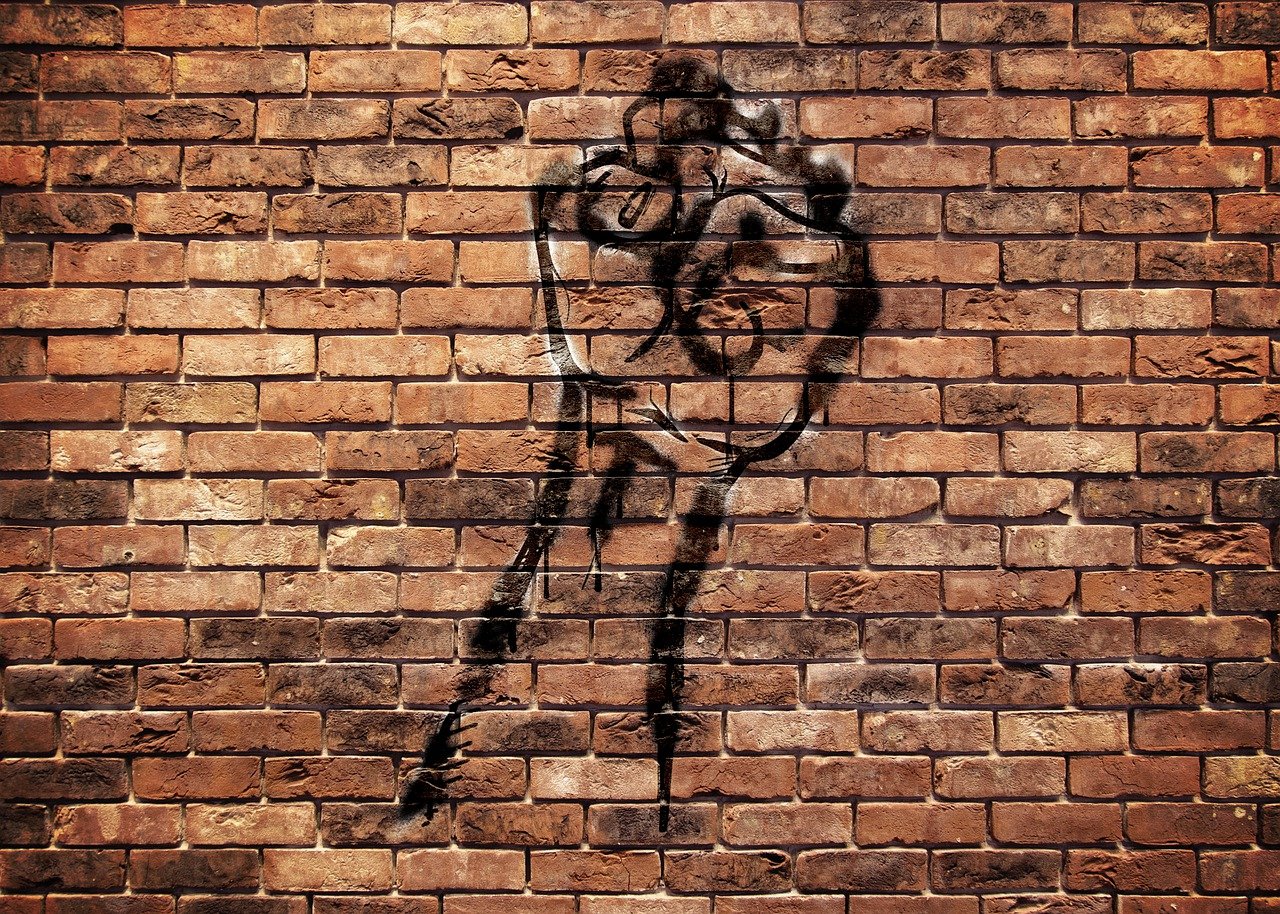
Because of the sheer influence and ubiquity of emojis, many use them to raise awareness about modern causes and politics. For example, the Dark Skin Tone Raised Fist emoji ✊🏿 has close associations with the Black Lives Matter movement. Other examples are the Drop Of Blood emoji 🩸 or period emoji, which appeared in 2019 in an attempt to break the stigma against menstruation, and the Mosquito emoji 🦟, which attempted to raise awareness for mosquito-borne diseases such as malaria and dengue.
The Thumbs Up emoji is obscene in some cultures.
For many parts of the world, the Thumbs Up Sign emoji or Thumbs Up emoji 👍 is a normal emoji which means affirmation or approval. However, in the Middle East, Australia, and Greece, this gesture is a form of profanity. For these cultures, the emoji translates roughly to “Up yours!”
There have been some lawsuits regarding the use of emoji.
Because of the popularity of emojis in the modern age, it may not come as a surprise that your usage of emojis can now be used as evidence against you in a court of law. In one case, a couple in Israel had to pay a sum of $2200 for an apartment they never rented. This is because the couple and the apartment’s landlord corresponded through text for a couple of days, and the couple’s emoji use led the landlord to take down his ad for the apartment under the impression that they would rent the place.
The couple’s text read, “Good morning 😊 interested in the house 💃🏼 👯 ✌ 🎐 🐿 🍾 just need to discuss the details … When’s a good time for you?” This prompted the landlord to assume that they would rent the apartment, but they never did. He then sued them, and the judge took the side of the landlord because the emojis apparently conveyed great optimism and genuinely led him to believe that they would rent — even without a contract. Now that’s one of the emoji facts you truly can’t miss.
Twitter has special sets of emojis attached to hashtags, and they call them hashflags.
Hashflags are custom emojis that appear after certain hashtags on Twitter. They often appear during special occasions, product launches, and significant events. Typically, only big brands and companies get to purchase these for commercial use. These customized hashflags can be quite costly, after all — they typically cost more than $1,000,000.
Coca-Cola was the first brand to use Twitter brand emojis or hashflags for a marketing event.
In 2015, Coca-Cola partnered with Twitter for their Share A Coke campaign, and they purchased the first-ever Twitter brand emojis for marketing purposes. For the latter part of the year, tweeting the hashtag #ShareaCoke automatically shows an emoji of two Coke bottles next to the hashtag.
Miley Cyrus had the Sad Cat emoji tattooed on the inside of her lower lip.
With the current emoji craze, a number of people — even celebrities — are now getting emoji-inspired tattoos on their bodies. Singer-songwriter and actress Miley Cyrus is a famous example of such people. In a 2014 post on her Instagram, she revealed that she had the Sad Cat emoji or Crying Cat Face emoji 😿 tattooed on the inside of her lower lip. How’s that for shocking emoji facts?
Some of the top-requested emojis of 2019 are happy tears, saluting, and triceratops.
According to Emojipedia, the number one unapproved emoji that its users requested in 2019 was the Happy Tears emoji. It depicted a feeling of being proud and happy with tears streaming down the face — without laughing, of course. Other top requests included a Saluting emoji, Triceratops emoji, Honey Badger emoji, and emojis depicting black families or families with mixed race, among others.
There have been quite a few strange emoji character requests.
Because the Unicode Consortium allows anyone to send in requests for emojis, it’s not far off that they would receive some odd requests. There have been requests for odd things such as Doge (the meme), Drop of Pee, Dumpster Fire, and Healthy Poo, all of which have been declined.
Canadians use the Pile of Poo emoji a lot more than other countries.
The British company Swiftkey made a study in 2015 regarding the use of emojis globally, garnering data from speakers of 16 languages. They found that Canadians used the Pile of Poo emoji 💩 more than any other country. Australians, on the other hand, used more alcohol-related emojis such as the Beer Mug emoji 🍺..
A Texas lawmaker filed a resolution to prevent people from confusing the flag of Chile with the flag of Texas.
Both sporting a lone star embedded in a blue field next to white and red stripes, the flag of Chile 🇨🇱 and the flag of the Lone Star State do share some visual similarities. Because of this, some Texas residents mistakenly use the flag of Chile in their Texas-related messages and posts. Thus, Tom Oliverson, a Texas lawmaker, filed a formal resolution to tell the state residents not to confuse the two flags. He described this resolution as akin to a public service announcement and does not carry the force of law.
Finland has its own set of emojis.
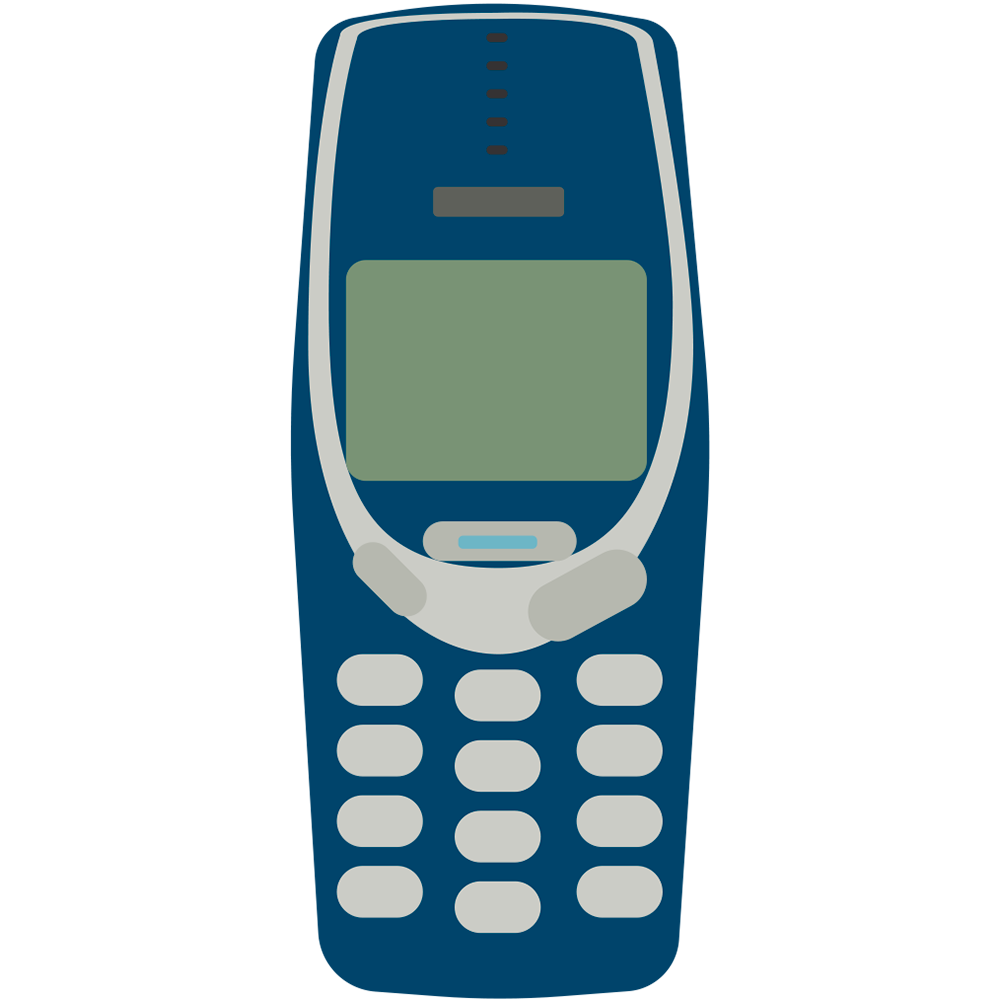
The country of Finland is the first in the world to have government-approved emoji stickers. These emojis communicate their national identity and depict some Finnish customs and unique objects. One of the most notable Finnish emojis is the “Unbreakable” emoji, which shows a Nokia 3310 phone, one of Finland’s unbreakable gifts to the world. Other Finnish emojis include persons sitting naked in a sauna, a headbanger, and Moominmamma.
There’s a programming language that uses emojis to run programs.
People can be quite creative when it comes to emojis. One of the most intriguing emoji facts is that there’s a programming language that supports emojis. The programming language Emojicode started off as a Github project and allows programmers to write and run programs using emojis. Although the language does contain normal text, most types and functionalities of the programming language run on emojis.
The Water Wave emoji takes inspiration from The Great Wave off Kanagawa.
The Great Wave off Kanagawa by Hokusai is perhaps the most widely-recognized Japanese artwork in the world. This famous work of art certainly lives on in the digital world and serves as the inspiration for Apple’s design of the Water Wave emoji 🌊..
Was this page helpful?
Our commitment to delivering trustworthy and engaging content is at the heart of what we do. Each fact on our site is contributed by real users like you, bringing a wealth of diverse insights and information. To ensure the highest standards of accuracy and reliability, our dedicated editors meticulously review each submission. This process guarantees that the facts we share are not only fascinating but also credible. Trust in our commitment to quality and authenticity as you explore and learn with us.

